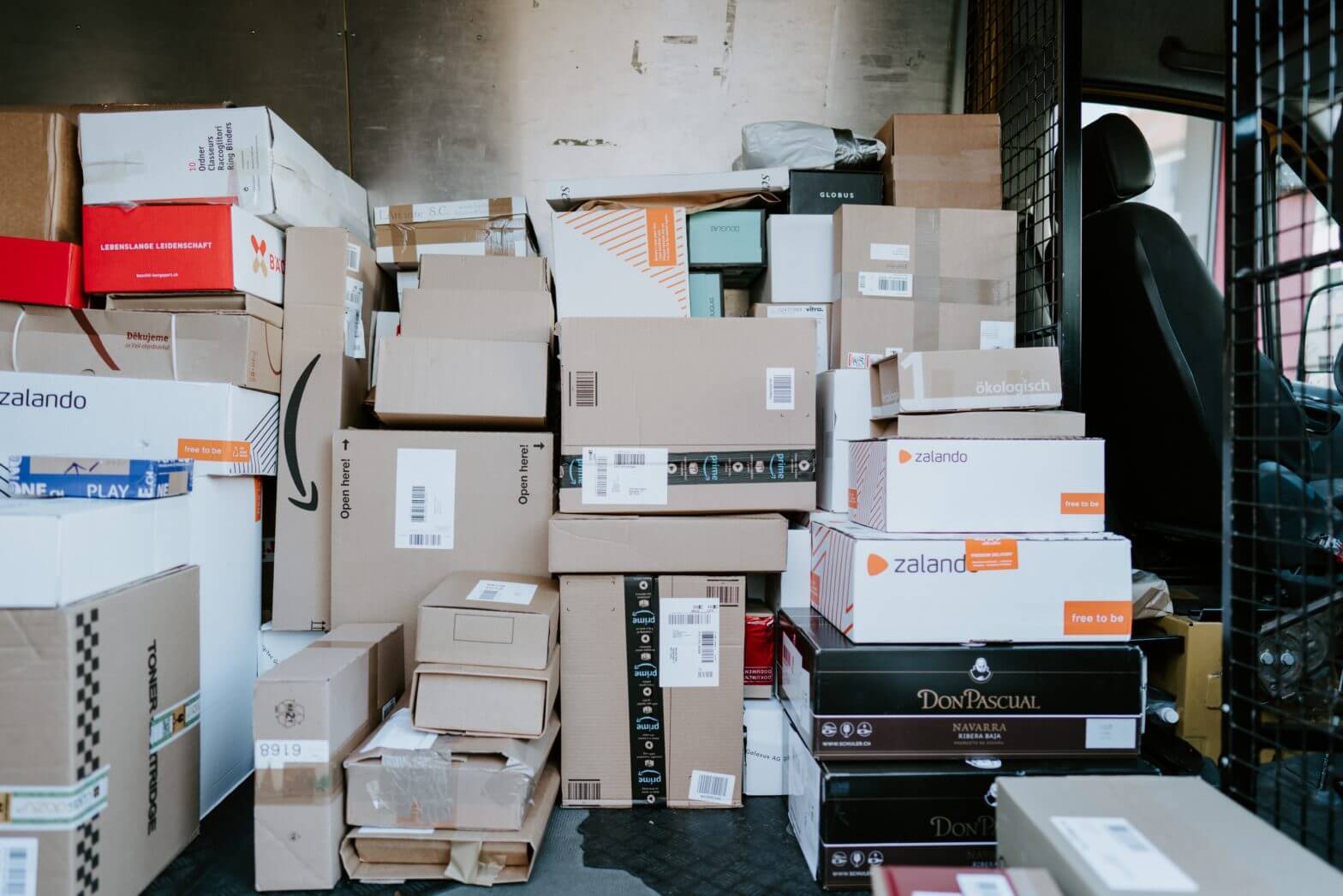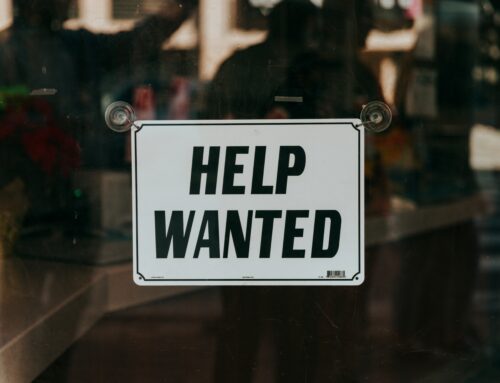Wonolo
2020 was a year like no other, so of course the holiday season was a bit different than it has been in the past. We predicted we would see a wide variety of consumer trends, including some that have been building in popularity for years and some that were brand new in 2020.
Now that the peak holiday busyness is behind us, we can take a look back and actually see what occurred. What trends fell in line with the original predictions? What things were unexpected? What did we learn for next year and beyond? Read on for an in-depth look at holiday season predictions and the holiday season realities that came to pass.
Prediction 1: The holiday rush will last longer than previous years
Actual: True — discounts and increased demand started in October and have continued through January
Many people were expecting the holiday busy season to last a few months in 2020, and it looks like this prediction held true. Amazon moved their annual Prime Day from July to October to accommodate the pandemic. This ended up kickstarting holiday season discounts and sales for many online retailers.
A related trend we also saw this holiday season was the expansion of Black Friday beyond one day or weekend to encompass the whole month of November. And as we all experienced, deals were available throughout the holiday season not just on specific days.
Prediction 2: Demand is shifting from mall brands to large retailer
Actual: True — large retailers continue to see unprecedented success
The demands of operating during the pandemic have proven difficult for many small business and traditional mall retailers. There are a few different reasons for this, including shut-downs for nonessential businesses, increased demand for online shopping, and consumers being extra price-conscious during the economic downturn. These factors caused traditional retailers many problems, but they ended up being the same reasons that big box retailers have been thriving.
Big retailers, like Walmart, Target, Amazon, and Home Depot, saw huge demand during the pandemic and that continued during the holiday season. EMarketer reports, “the top 10 U.S. e-commerce players will collectively grow their share of the overall e-commerce market to 60.1 percent in 2020, up from 58.2 percent last year.” They also report that Amazon will maintain its No. 1 position as it increases its market share from 37% in 2019 to 38% by year-end. Walmart stands to pass eBay for the No. 2 position with 5.8% market share, up from 4.7% in 2019.
Prediction 3: Furloughed workers may not return to work
Actual: Remains to be seen — the unemployment rate is stagnant
The November and December unemployment rates were the same, clocking in at 6.7%, or 10.7 million people. This is nearly double the pre-pandemic levels seen in February. The Bureau of Labor Statistics also reports, “The number of long-term unemployed (those jobless for 27 weeks or more), at 4.0 million, was essentially unchanged in December but has increased by 2.8 million since February.”
Before the holiday season began we predicted that some furloughed workers might not return to work because their jobs no longer existed, or they were no longer in a position to be able to work. This was possible because some businesses were being forced to close due to ongoing restrictions and decreased demand. Additionally, some workers were being called upon to provide child or elder care as they continued to stay at home. These workers wouldn’t be able to return to their previous jobs due to these responsibilities. We have also seen that job losses have had an outsized impact on women and minorities. Right now it is simply too soon to tell how these trends will continue to play out in the long term, as the unemployment rate is stagnant and Congress has only recently approved a new round of economic stimulus. We will keep a close eye on these trends in the coming year.
Prediction 4: Shipping, fulfillment, and logistics jobs will be the most in-demand during this past holiday season
Actual: True — we saw big demand in these industries
Many predicted that shipping, fulfillment, and logistics industry jobs would be popular this past holiday season, in large part due to the increased demand for online retail. This is a trend that did hold true throughout the season.
At Wonolo, we saw an increase in fulfillment and warehousing jobs posted during the 2020 holiday season. In September 45% of our postings were for fulfillment/warehousing, but by December 55% of our postings were in this category. This is a good indication that companies were looking for more help to support the increase in online ordering we saw this season.
Prediction 5: The supply chain will be heavily disrupted and we will see long shipping delays
Actual: False — companies and consumers planned ahead to avert shipping issues
There were many reports that predicted long delays for mail and packages this past holiday season, due to the increased demand for online shopping and ongoing staffing issues at the US Postal Service. But what ended up happening during the 2020 holiday season didn’t look too different from a normal year, thanks to advance preparation by shipping companies, retail companies, and even consumers.
According to Freightwaves.com, “during the critical Christmas week period, which ran from Dec. 20 to 26, UPS posted on-time delivery performance of 97.6%, FedEx came in at 96.5% and the Postal Service at 94.7%. FedEx and UPS actually posted better on-time performances than during the 2019 peak, and the Postal Service’s year-over-year performance was down by just 0.7%, ShipMatrix said.” There are many possible reasons that shipping delays were not as bad as feared.
One key factor is likely increased staffing, both seasonal and full time, at shipping companies like UPS and FedEx. They also had time to prepare by setting appropriate limits with retailers and communicating early what their capacity would be. Retailers in turn had time to set expectations with consumers, letting them know that they would have increased volume and that packages must be ordered by mid-December to arrive on time for Christmas. This also gave retailers a chance to promote in-store pickup and similar ordering services as an alternative to longer shipping times. Consumers themselves also had a chance to adjust their buying behavior and expectations to allow for more time to ship items. They could plan to order earlier or look to alternate options if things wouldn’t arrive on time. Overall, advance preparations made the huge increase in shipping volume manageable, instead of catastrophic.
Looking to 2021 and beyond
So, instead of just looking backwards, here are key things we want to know:
- Will online sales continue to grow or will consumers be more comfortable physically shopping in stores and malls once vaccination rates increase?
- What will 2021 mean for workers? Will the unemployment rate return to pre-pandemic levels? Will those who dropped out of the labor force return?
- What jobs will be in highest demand? Will logistics and online-shopping related jobs continue to grow or was the 2020 holiday hiring enough for companies to keep up with sales?
- Supply chains were a lot less disrupted than most people will anticipated. But will a potential surge in returns lead to logistical headaches?
We’ll be trying to answer these questions throughout the year and will report on what we learn.
The information provided on this webpage is for general information purposes only and should not be viewed as legal, financial, or other professional advice. All information provided on the site is provided in good faith, however we make no representation or warrant of any kind, express or implied, regarding the accuracy, adequacy, validity, reliability, availability or completeness of any information on our site. You should not act upon information contained on this without seeking appropriate professional counsel.






